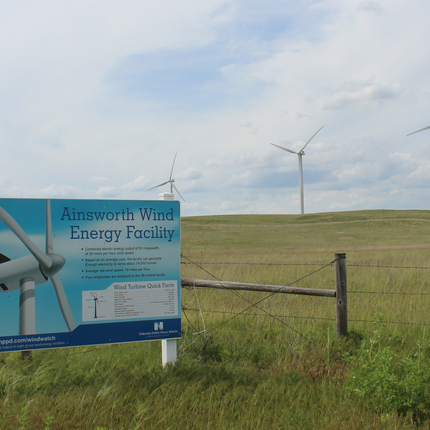Nebraskans are fortunate to have ample access to natural resources. These resources have long supported agriculture in our state, and fairly recently have allowed for the expansion of our renewable energy industry.
As our homegrown renewable energy continues to grow, many communities and utilities have started to pursue goals to replace older generation with clean energy. Several utilities in Nebraska have already taken steps to either put goals into place or begin planning for a cleaner energy future.
Notably in mid-November, the Lincoln Electric System (LES) board set a goal for the utility to be 100 percent net zero carbon by 2040. This places LES among other utilities in the state that have already set similar goals—including Omaha Public Power District’s goal of net zero carbon by 2050 and the Municipal Energy Agency of Nebraska’s resolution for a carbon neutral portfolio by 2050. Nebraska’s other major utility, Nebraska Public Power District, will soon consider possible pathways to reducing its own carbon emissions.
As more utilities and communities look to get their energy from clean and renewable resources, there is a real opportunity for Nebraska to cement itself as a leader in the industry. Our significant potential puts us in a good position to generate cleaner electricity, and for rural communities to benefit from the development of renewable energy across the state.
Feature photo: The Ainsworth Wind Energy Facility south of Ainsworth, Nebraska, with a capacity of 60 megawatts, provides power to Nebraska Public Power, Omaha Public Power District, JEA of Jacksonville (Florida), Municipal Energy of Nebraska, and the City of Grand Island. | Photo by Rhea Landholm





